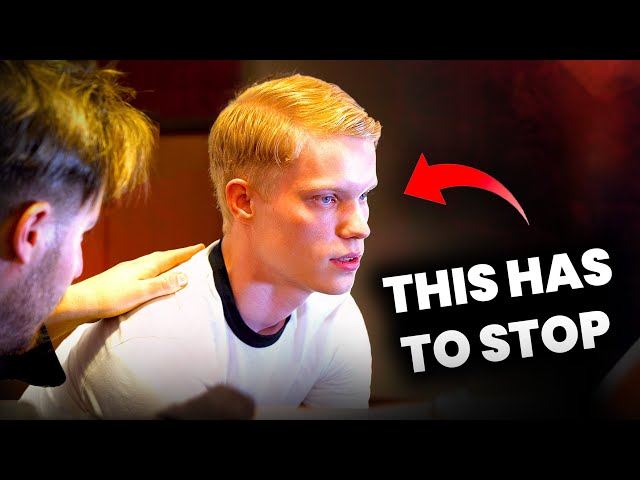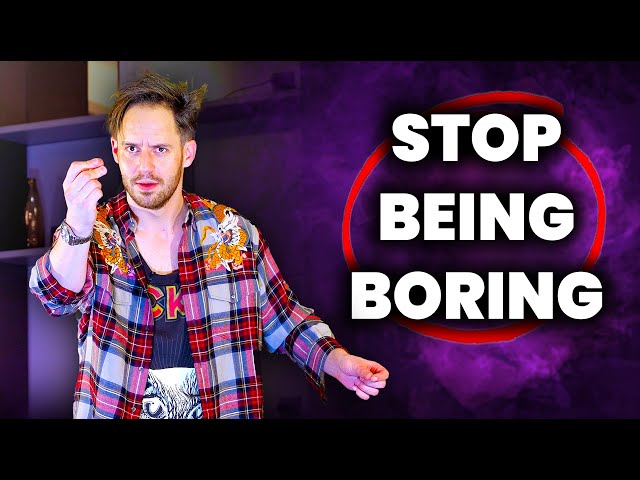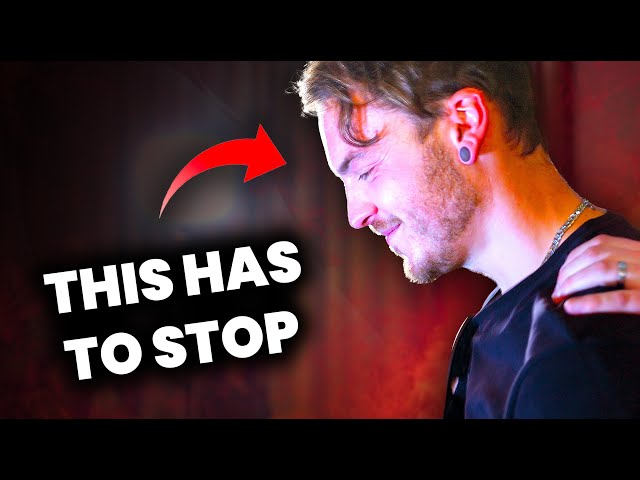What if I told you that your deepest fear isn’t about public speaking or being judged… but about being seen for who you really are? If you’re searching for ways on how to overcome social anxiety, the first step is understanding that the fear of judgment isn’t about others—it’s about your own anxiety and doubts.
The other day, I was talking with someone who was terrified of stepping into the spotlight. They felt like there wasn’t much there, like they had nothing to offer. Maybe you can relate to that feeling—like you’re hiding behind a front, afraid that if people really saw you, they’d find out there’s nothing worth seeing.
How to Overcome Social Anxiety by Facing Your Fears Head-On
Here’s the truth: that fear isn’t about what others might think of you—it’s about your own anxiety, your own doubts, and the belief that you’re not enough. If you’re wondering how to overcome social anxiety, it starts with confronting these beliefs. We all have moments when we feel like this, but the key is to stop running from the fear and start facing it head-on.
I’ve been there myself, trying to be someone I’m not, hiding behind a mask. But I can tell you from experience that real freedom and real confidence come from dropping the act and letting people see the real you. The more you own who you are, the more you’ll realize that you’re already enough.
Stop Hiding: The Key to Overcoming Social Anxiety
It’s scary, I know. But if you’re serious about learning how to overcome social anxiety, you need to stop hiding. The more you embrace your true self, the less power fear has over you. That’s when you stop living in fear and start living authentically.
Practical Steps for Overcoming Social Anxiety
If you want to know how to overcome social anxiety, here are some steps to help you start owning your truth:
- Reflect on What You’re Hiding: Take a moment today to reflect on what you’ve been hiding from others. Ask yourself: why am I afraid to be seen for who I really am?
- Challenge the Fear: Ask yourself, what’s the worst that could happen if you put your true self out there? Often, the worst-case scenario we imagine never actually happens.
- Embrace Your Imperfections: You don’t need to be perfect, cool, or anything else to be liked. The real key to overcoming social anxiety is to let go of the need for approval and embrace your imperfections.
- Stop Seeking Permission: You don’t need anyone else’s permission to be you. The sooner you realize this, the more confident you’ll feel in social situations.
The Journey to Overcoming Social Anxiety
You’re not alone in this journey. Many people struggle with social anxiety, but the good news is that it’s possible to overcome it. The path to freedom starts by embracing your fears and transforming your relationship with them. When you stop hiding, you’ll start building confidence and self-acceptance.
Conclusion: How to Overcome Social Anxiety and Live Authentically
If you want to know how to overcome social anxiety, the answer lies in dropping the mask and letting people see the real you. It’s not about being fearless—it’s about being authentic and learning to embrace your true self. The more you accept who you are, the less power anxiety will have over you.
Take a moment to reflect on this: Are you hiding parts of yourself to fit in or avoid judgment? If so, it’s time to let go of the mask, own your truth, and start living authentically. Overcoming social anxiety starts with you, and the sooner you take that first step, the closer you’ll be to living a life free from fear.

Julien Blanc
Want to meet me in person? Get your ticket for the NO ANXIETY TOUR and take the next step toward a life without anxiety.
Frequently Asked Questions (FAQs)
How can I overcome social anxiety?
To overcome social anxiety, start by facing your fears head-on, embracing your true self, and letting go of the need for approval. It’s about dropping the mask and living authentically.
Why does social anxiety make me feel like I have to hide?
Social anxiety often stems from the fear of being judged or rejected. This leads to hiding parts of yourself to fit in. The key to overcoming social anxiety is to stop hiding and embrace your true self.
What’s the first step to overcoming social anxiety?
The first step to overcoming social anxiety is to reflect on what you’re hiding and why. Challenge your fear of being seen and start embracing who you really are without fear of judgment.
Can I overcome social anxiety without seeking approval from others?
Yes, overcoming social anxiety involves letting go of the need for approval. True confidence comes from within and from accepting yourself, not from seeking external validation.
How long does it take to overcome social anxiety?
Overcoming social anxiety is a process that takes time. The more you practice embracing your true self and letting go of fear, the more confident and free from anxiety you will become.







